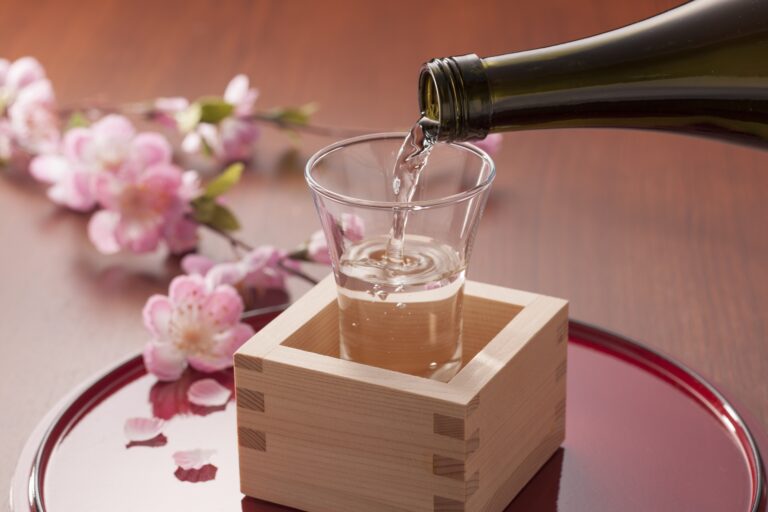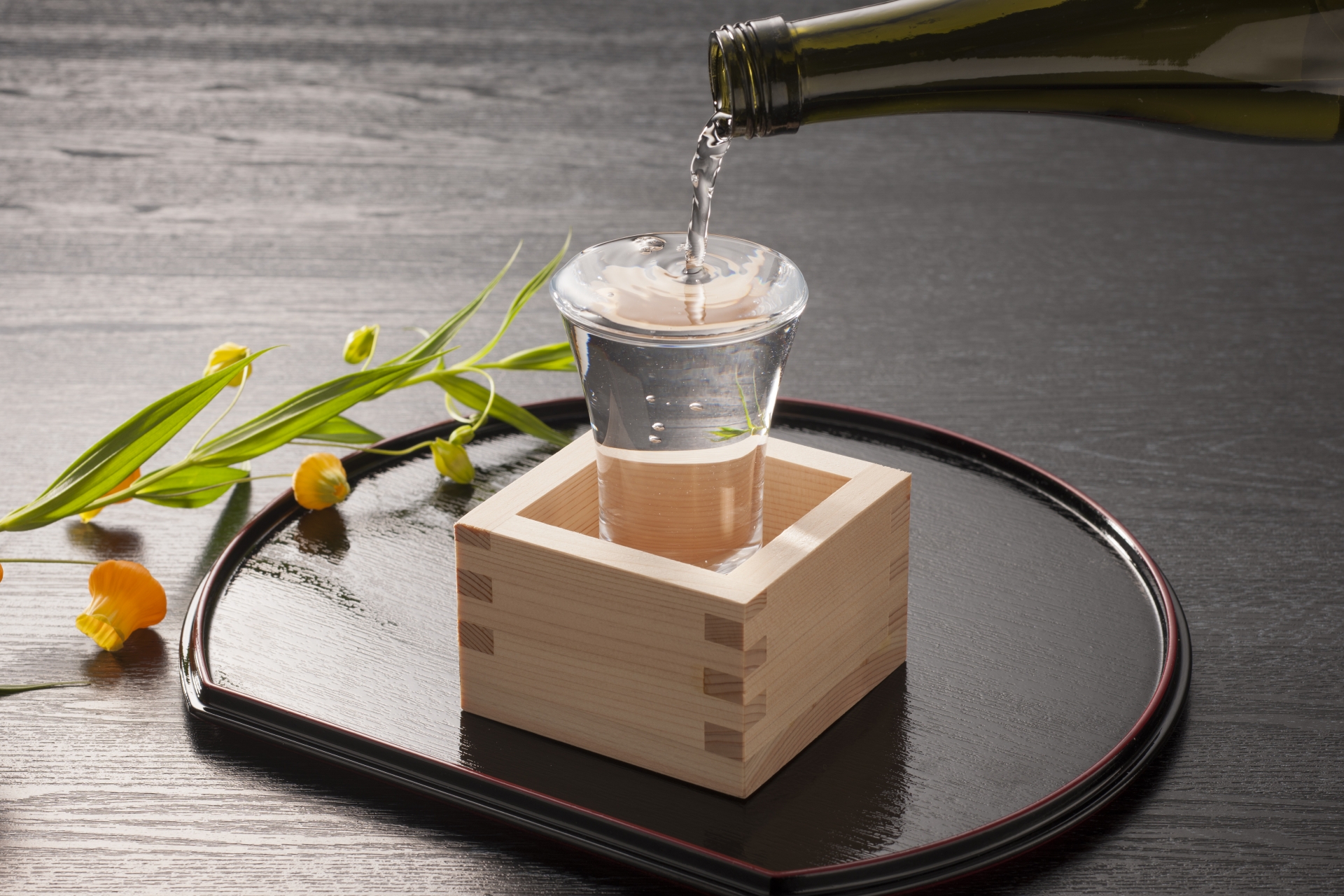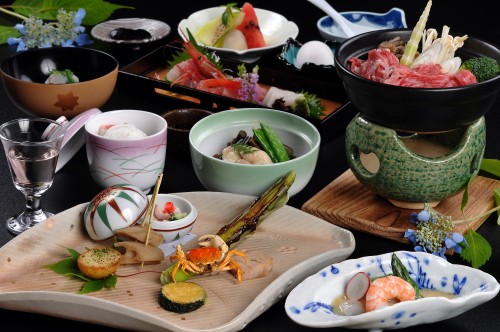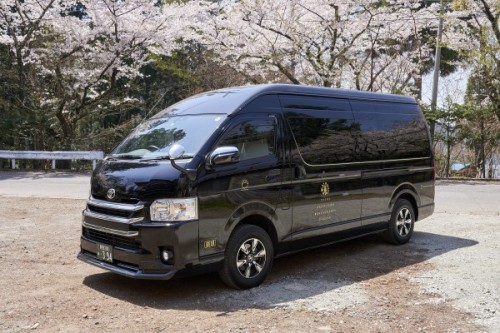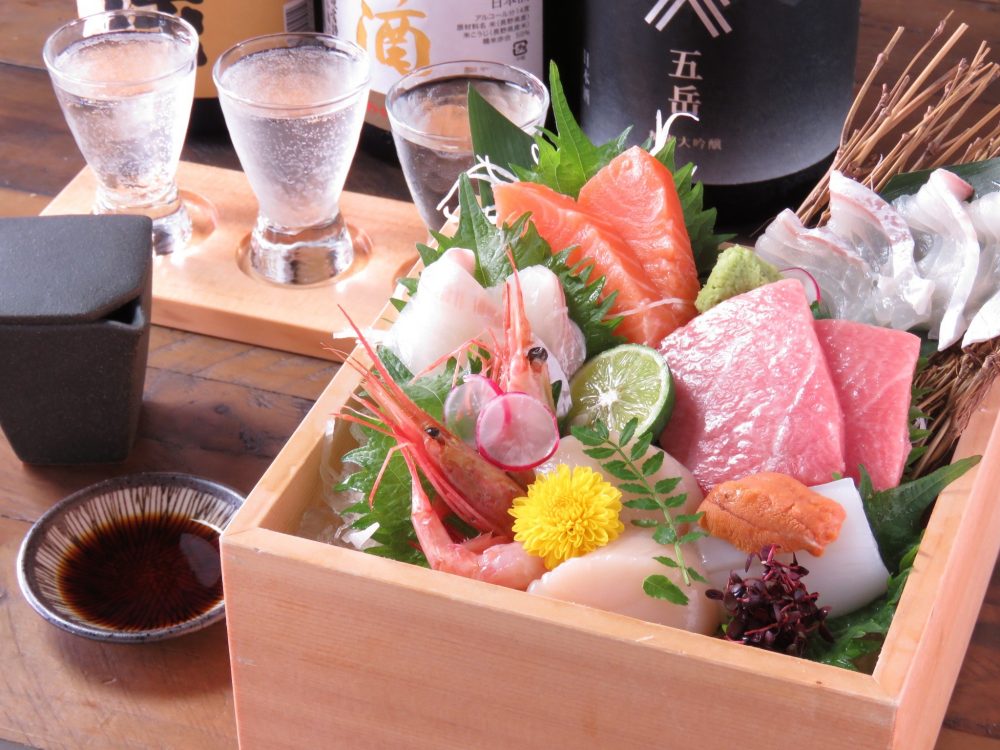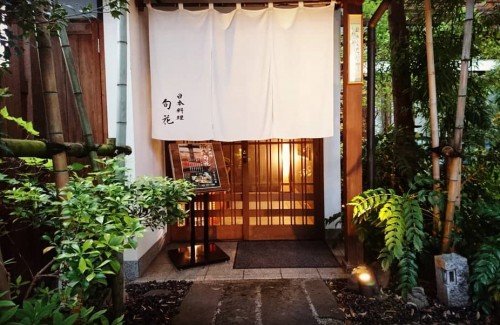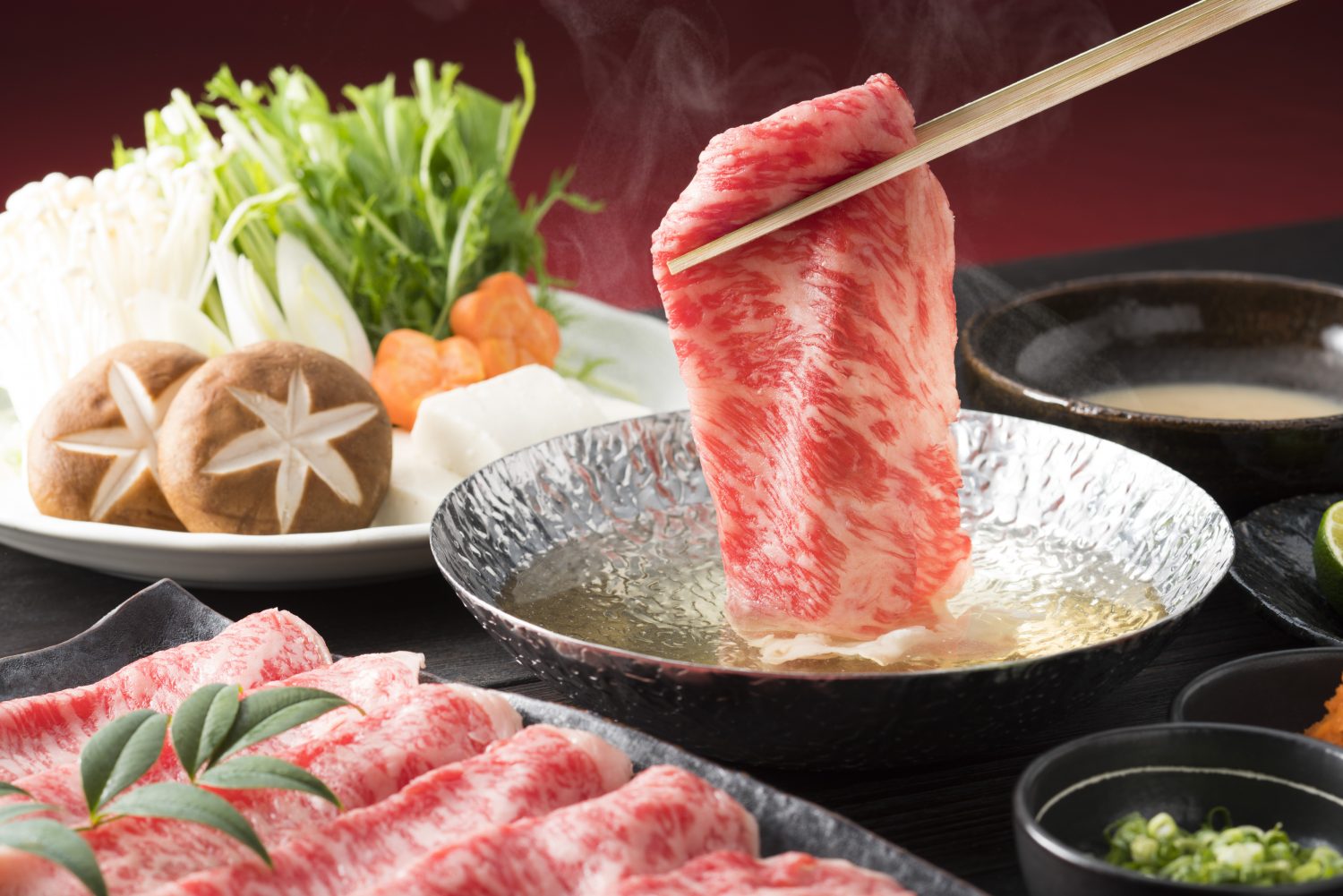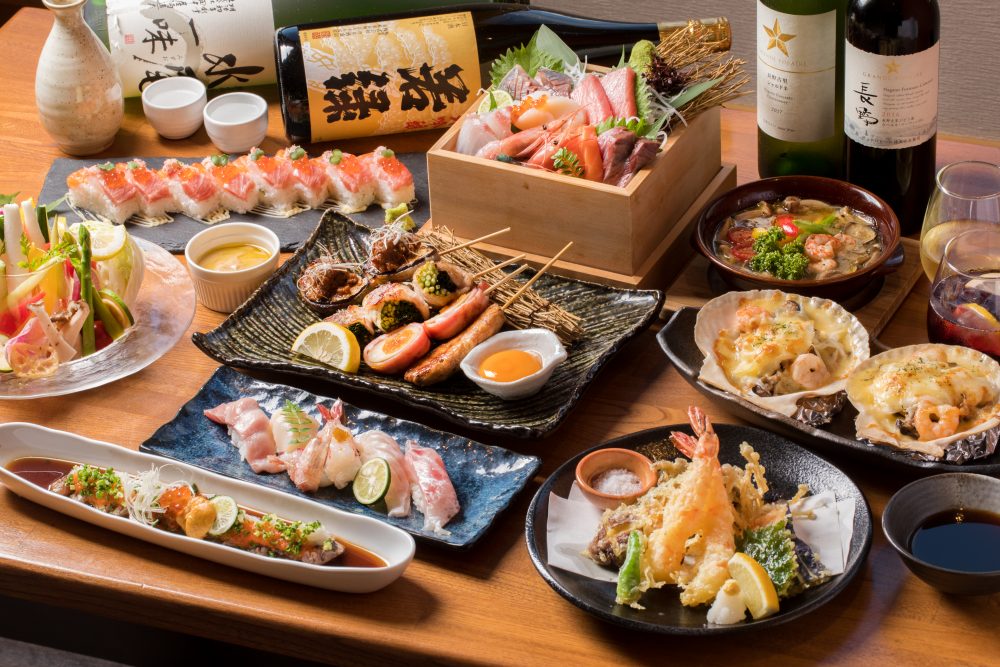Nagano & Sake: A Long & Loving History
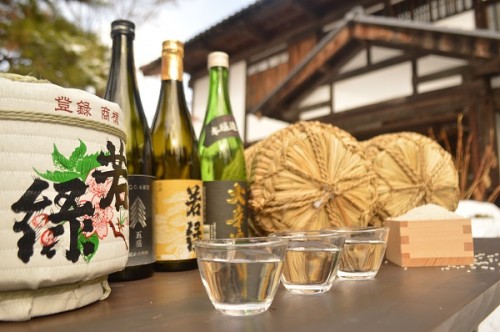
Sake or ‘nihonshu’, is produced throughout Japan and each region will of course claim that theirs is the best! Debating which region produces the best sake is good entertainment but ultimately, it’s simply a matter of taste. What suits the taste of one person may not match that of another, leading to long and endless discussions of which region and brewery produces the best sake.
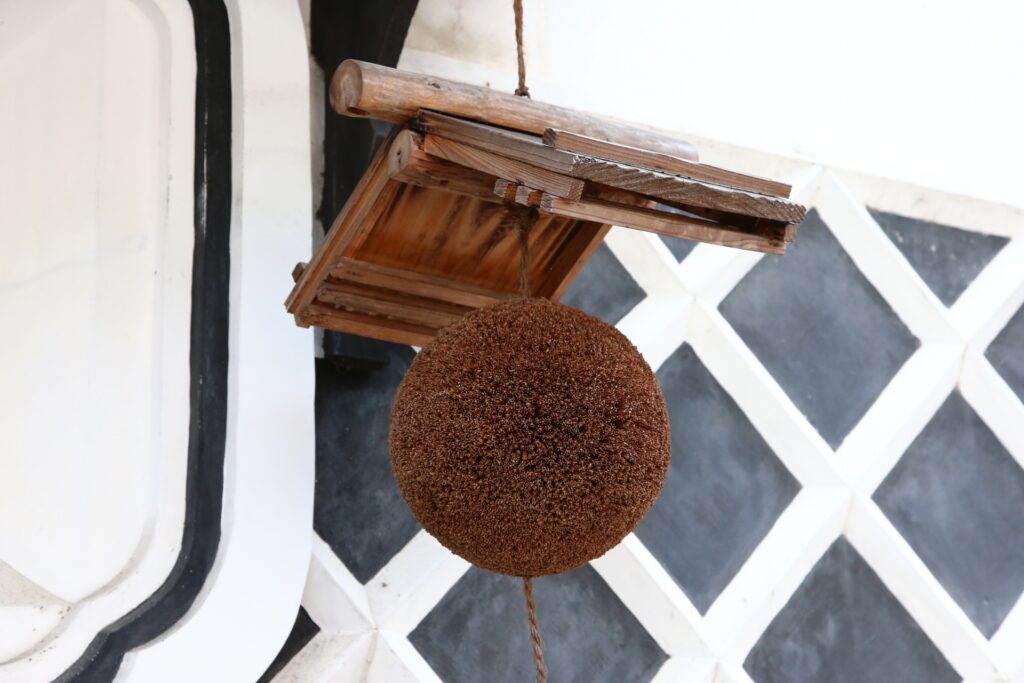
All regions of Japan have breweries producing excellent sake! As home to the second largest number of breweries in Japan – behind neighbouring Niigata Prefecture – Nagano produces a huge amount of sake with many excellent breweries to choose from.
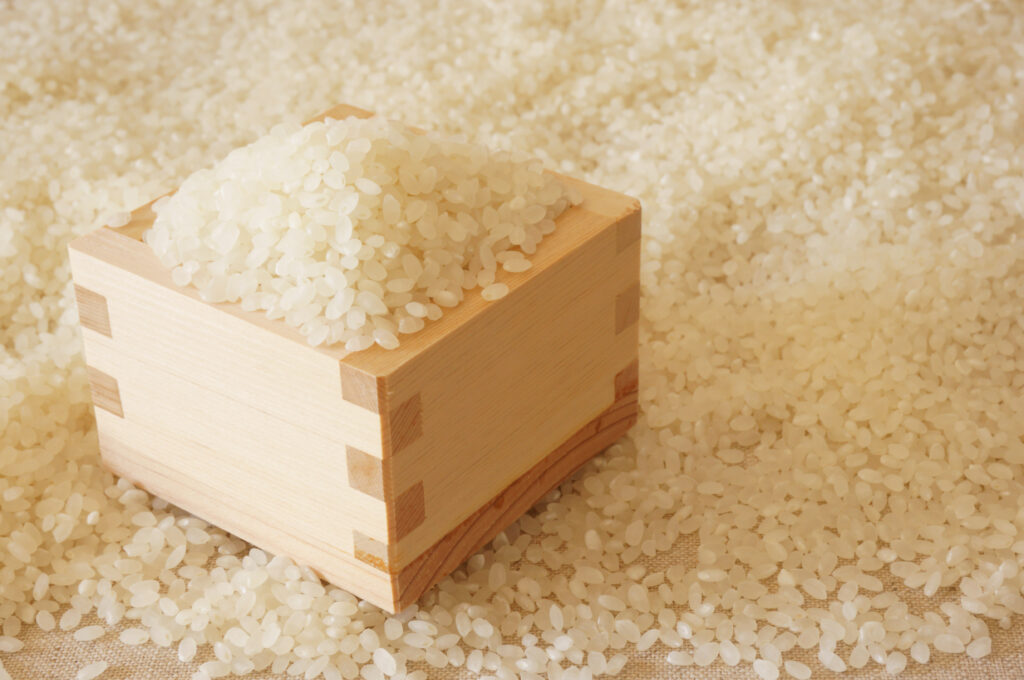
Many of the region’s breweries date back hundreds of years, dotted throughout the cities and small towns of the region. Visiting a brewery and sampling their sake is one of Nagano’s most enjoyable experiences.
How is it brewed?
The brewing process typically takes between 3 to 4 weeks are relies of the key ingredients of water, rice, ‘koji’ and ‘shubo’. Sake is 80% water, meaning that a large supply of pure water is essential to production. Good quality rice is also essential and it is no surprise that the region’s producing some of Japan’s best rice, including Nagano and Niigata, also produce the most sake!
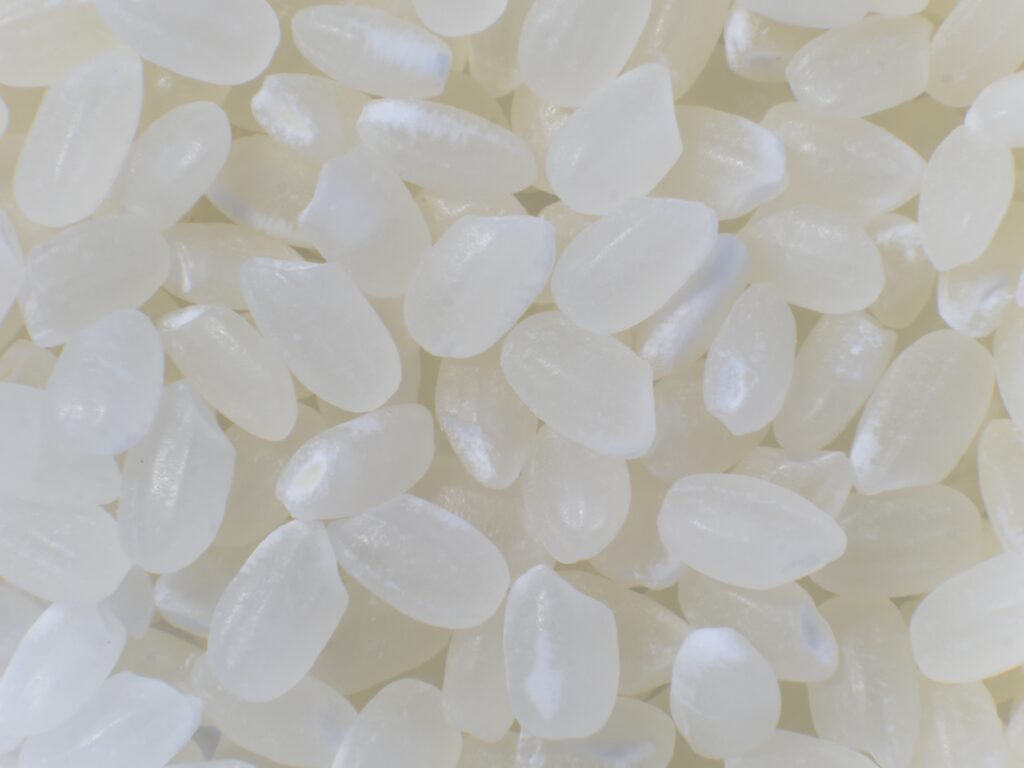
The rice undergoes a process of polishing, washing and steaming to prepare it for fermentation; a process that relies on two ingredients – ‘koji-kin’ (a strain of healthy mold) and ‘shubo’ (yeast)*. The combination of these ingredients with the steamed rice and results in fermentation and conversion of the ingredients to alcohol.
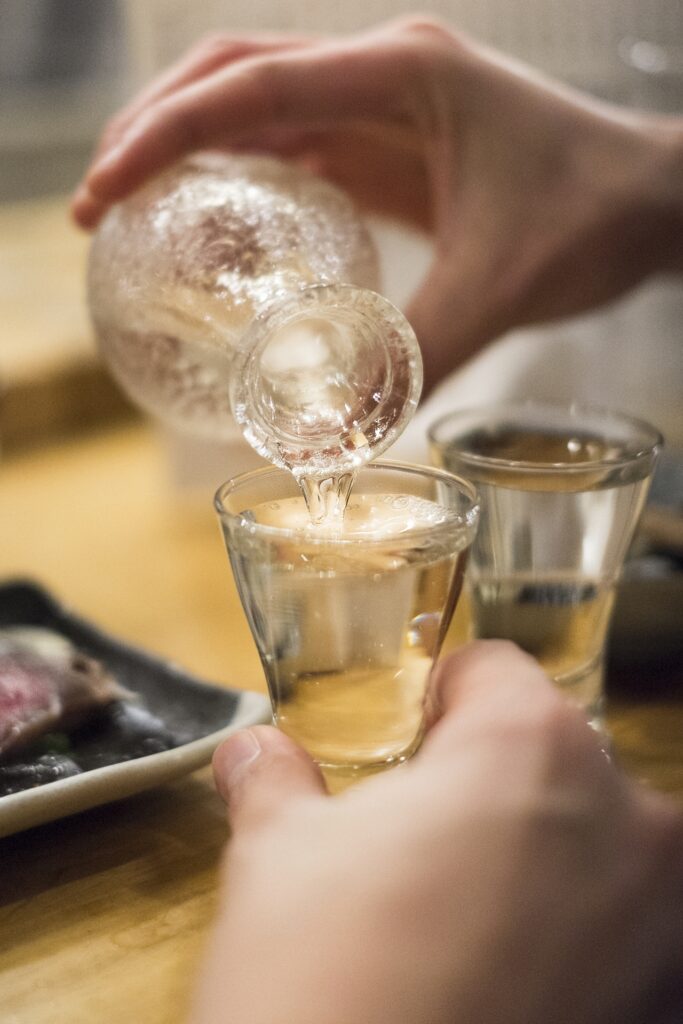
The alcoholic liquid is extracted and (typically) filtered – the most common type of sake, called ‘seishu’ – to remove the remaining rice sediments. It is worth noting that there are also many unfiltered sake – called ‘nigori’ – that are cloudy and may have rice sediment remaining.
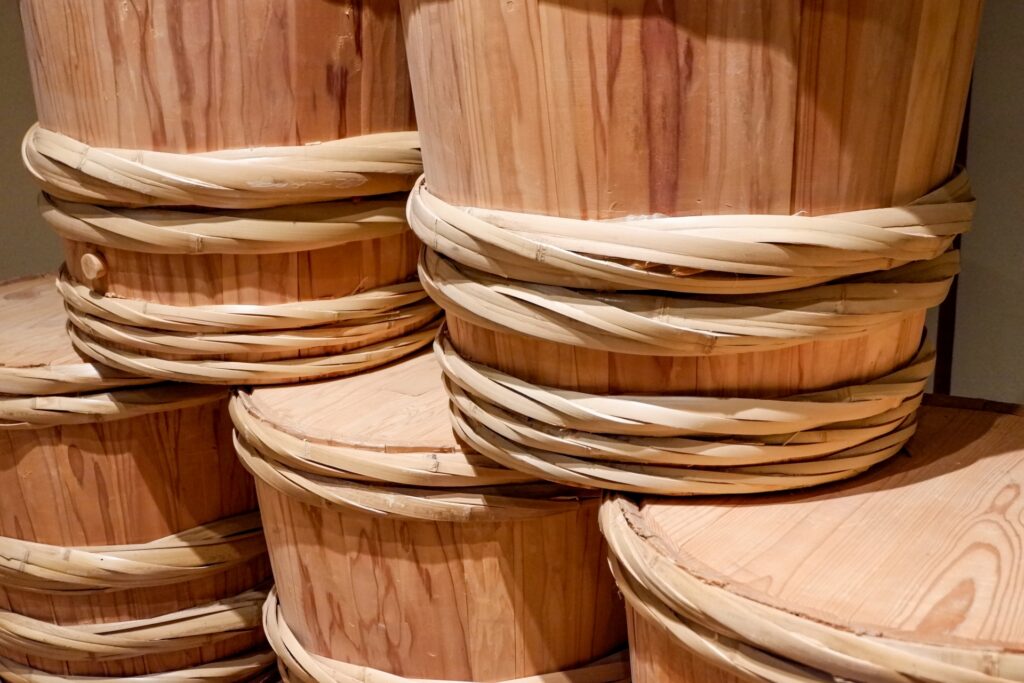
Once the brewing process is finished, most sake are pasteurised and left for a time so that the flavour can settle. It’s then ready to be consumed with most breweries recommending it is drunk within six months of production. In truth, a good bottle of sake will last notably longer as long as it is left unopened in a cool, dark place.
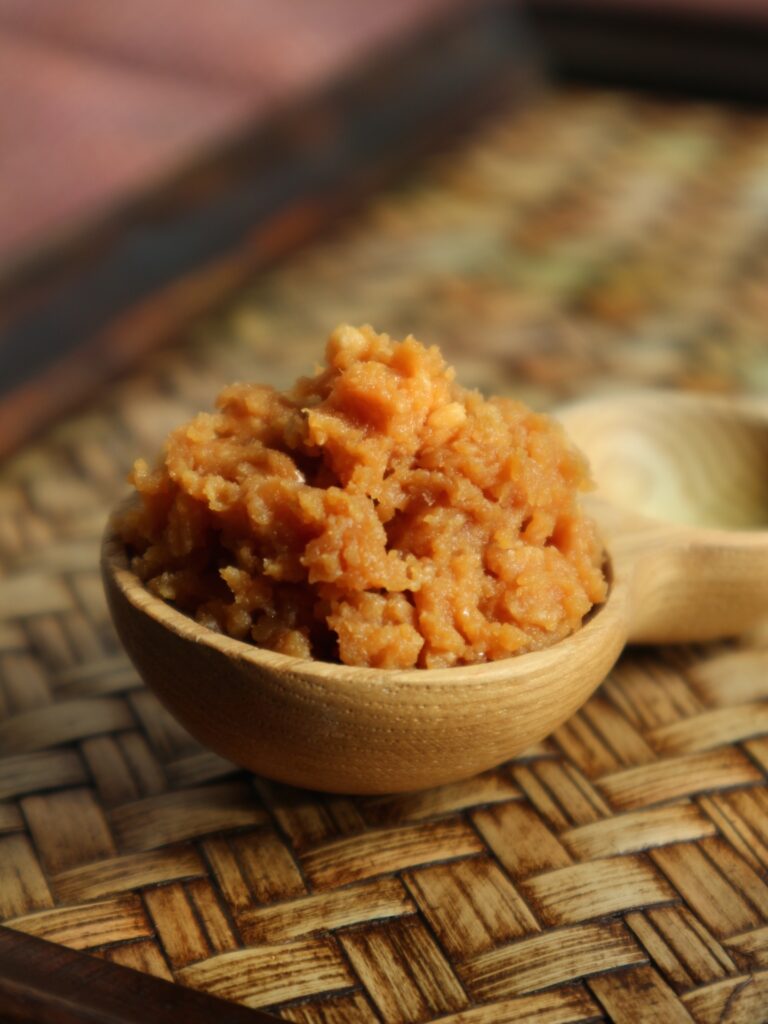
*The fermentation process has a lot in common with the production of ‘miso’ or fermented soybean paste. Many sake breweries began by producing miso and to this day, Nagano remains Japans largest producer of miso – with some breweries still producing both.
When is the best time to visit a brewery?
Put simply, there’s never a bad time to visit! Sake is available all year round and there are numerous varieties to try. Brewed in winter, February to April are especially good times to visit as you can try and buy freshly brewed sake including ‘namazake’.
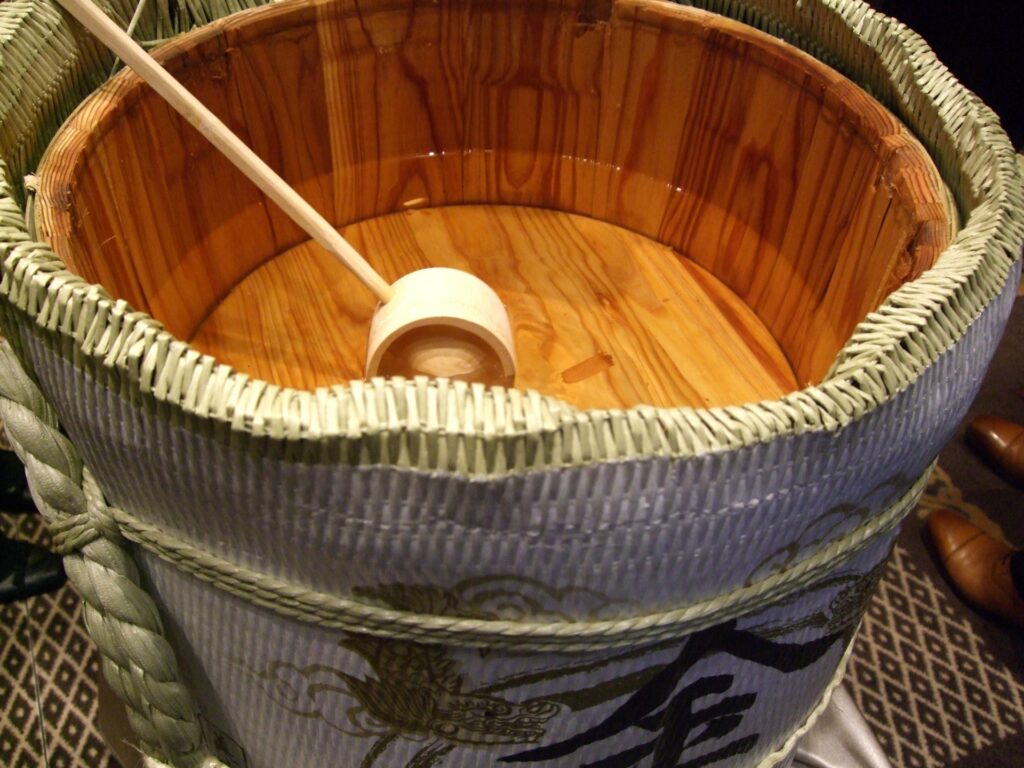
Unlike most filtered sake, ‘namazake’ is unpasteurised and has a distinct, full flavour. Because it is unpasteurized, it has a relatively short shelf-life and will disappear from breweries, restaurants and stores over the course of the year, until more is brewed in winter.
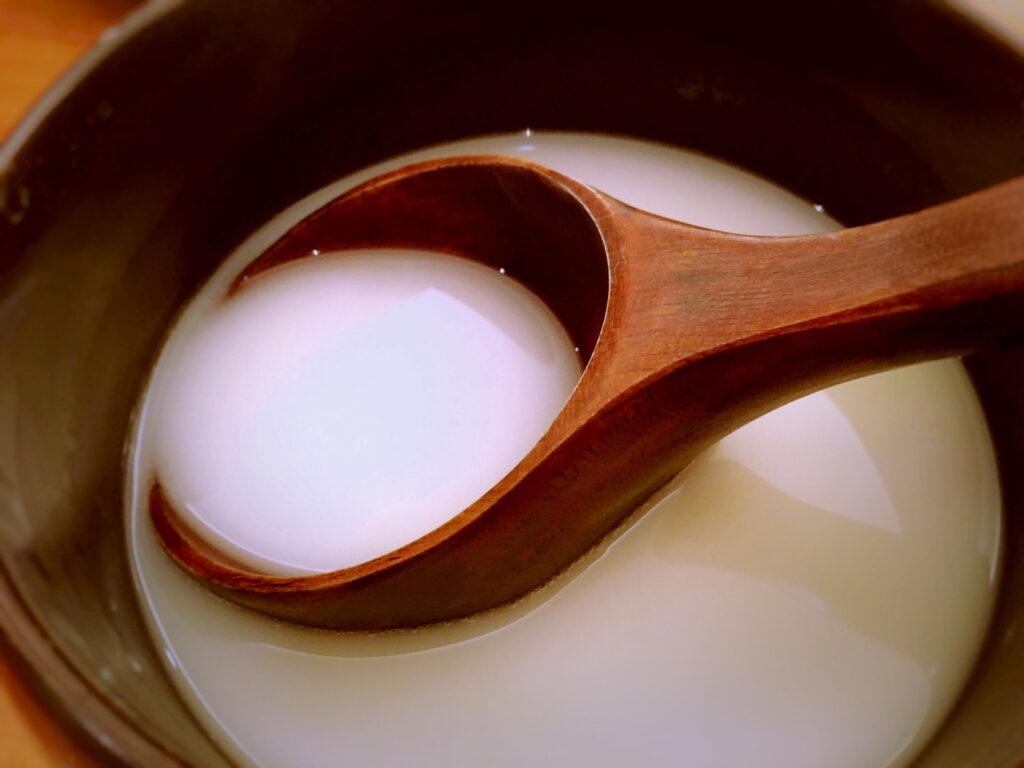
Many breweries also produce seasonal varieties to celebrate the coming spring and cherry blossoms – well worth trying.
Where do I start?
Many if not most breweries can be identified by the ornamental ‘tsugidama’ (cedar ball), hanging above their entrances. Made from the needles of Japanese cedars, the large balls are an invitation to enter the brewery, sample and hopefully buy a bottle.
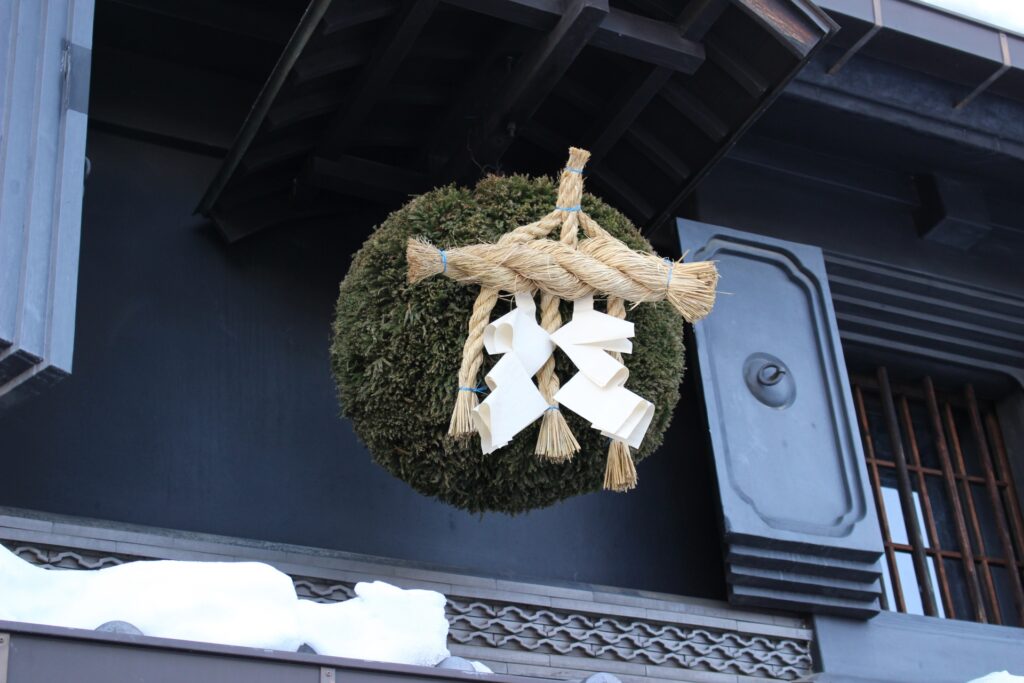
Sake is typically brewed during winter. As the years new sake is ready to be drunk and bought, many breweries will hang a new tsugidama of green cedar, inviting you to enter and try it. Through the year, the colour will fade and the tsugidama will turn brown but always remains an invitation to come inside and have a drink.
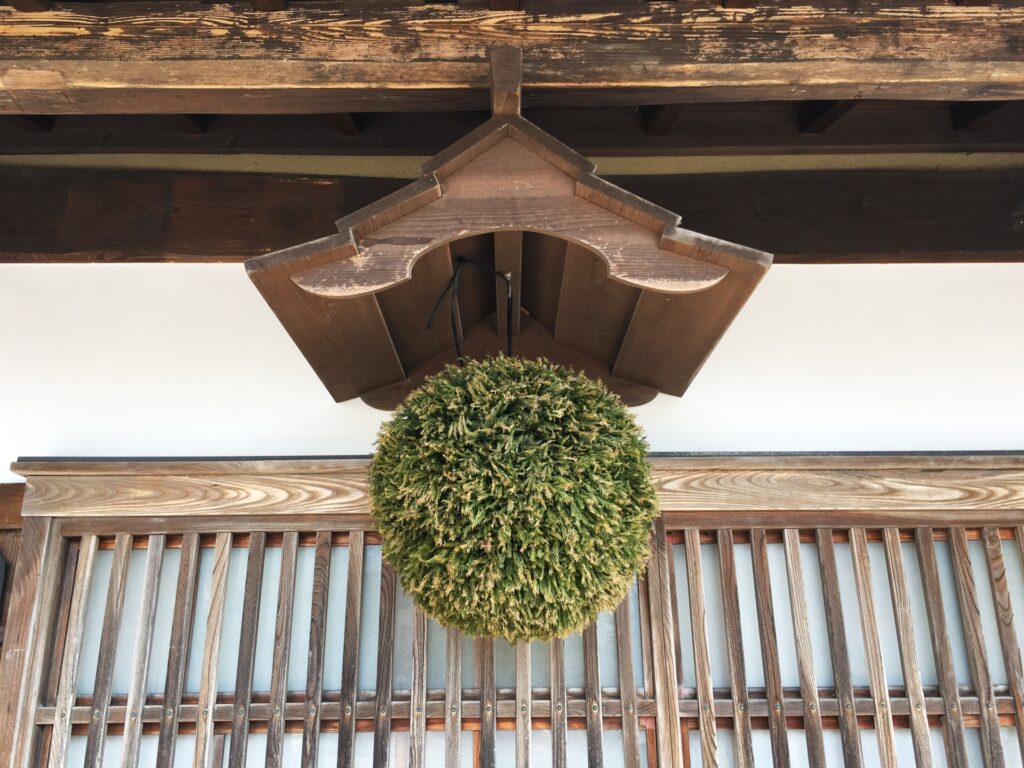
It is worth noting that some bars and restaurants also hang tsugidama as a tradition. Either way, when you see one you’ll find a drink available on the other side of the door!
Please note, the legal drinking age in Japan is 20 years and over.



